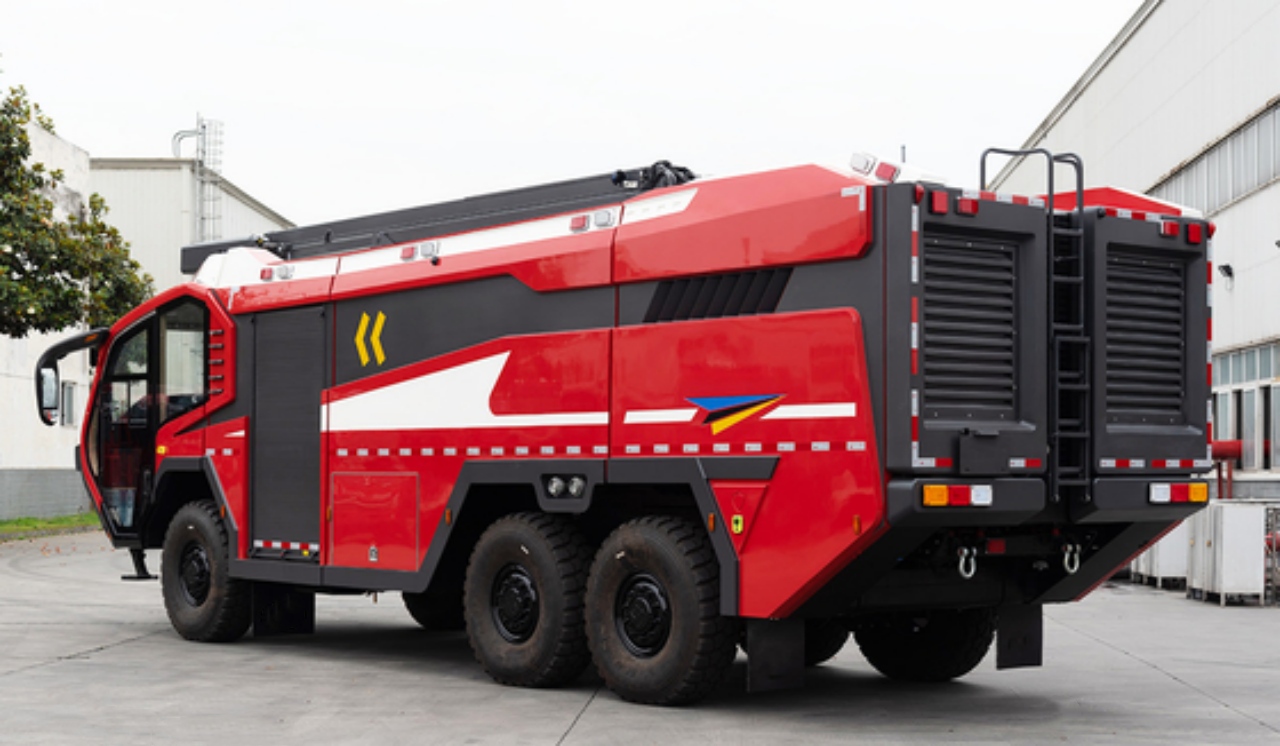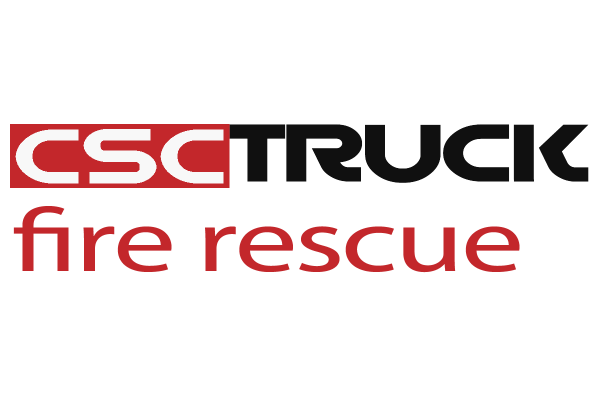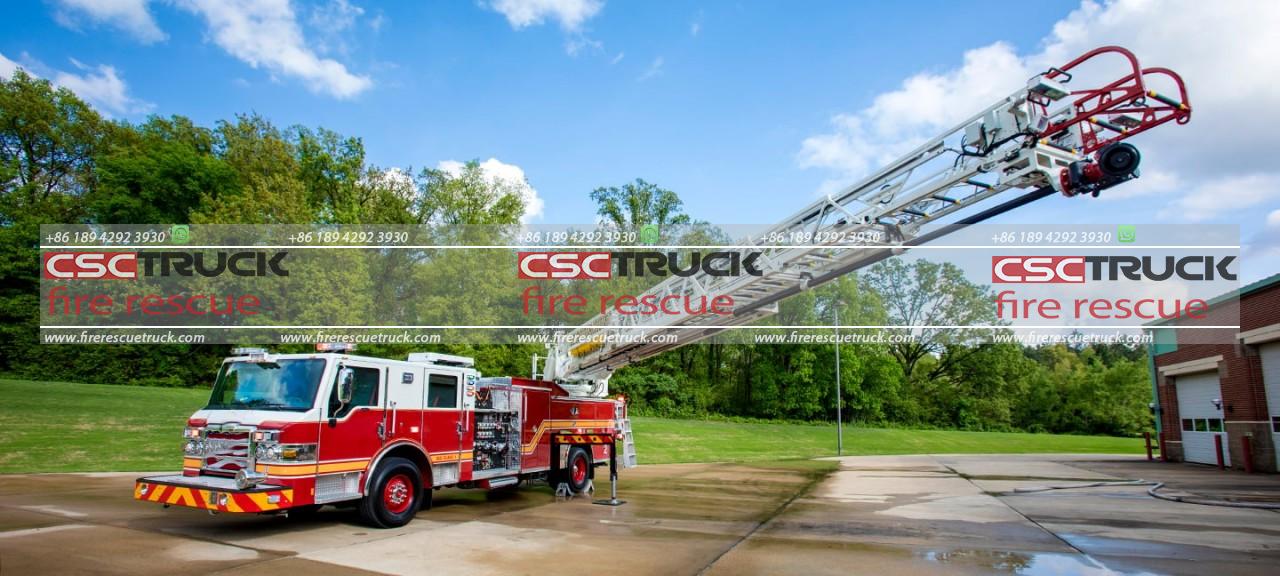Aircraft Rescue and Firefighting (ARFF) trucks are crucial to the safety of airports and airfields worldwide. These specialized vehicles are designed to combat fires that may occur during aviation emergencies, such as aircraft accidents, fuel spills, or other incidents that involve fire hazards. One of the most important tools in an ARFF truck’s arsenal is firefighting foam, which plays a vital role in suppressing fires and preventing re-ignition. Understanding how much foam is typically carried on an ARFF truck and how it is used is essential for both airport safety personnel and the general public.
In this article, we will delve into the details of foam usage on ARFF trucks, including how much foam is typically stored on these trucks, the types of foam used, and how the foam systems are integrated into the firefighting process.
The Importance of Foam in ARFF Operations
Firefighting foam is a key component in extinguishing fires, particularly those that involve flammable liquids such as jet fuel, gasoline, or oil. These types of fires are especially difficult to fight with water alone, as water can spread the fire or fail to effectively extinguish it. Foam, on the other hand, creates a blanket over the burning liquid, preventing oxygen from reaching the fuel and thereby stopping the combustion process.
ARFF trucks are designed to fight fires that are unique to aviation environments, which often involve large volumes of highly flammable substances. The foam systems on these trucks are therefore much more advanced and substantial than those found on typical fire trucks. The foam provides both an immediate suppression capability and a longer-lasting barrier to prevent the fire from reigniting.
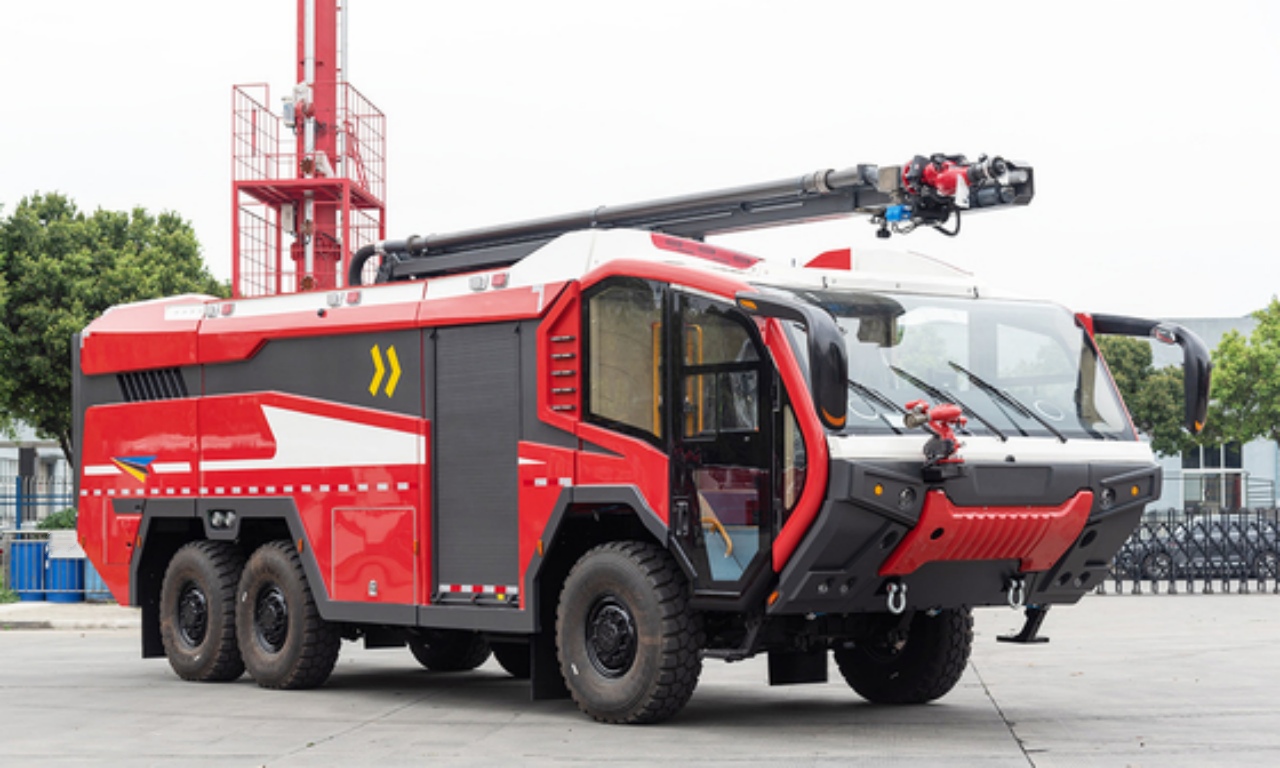
How Much Foam is Typically Stored on an ARFF Truck?
The amount of foam carried by an ARFF truck can vary based on several factors, including the truck’s size, purpose, and the specific design of the foam system. Generally speaking, ARFF trucks are equipped with foam tanks that hold between 100 and 500 gallons (approximately 378 to 1,892 liters) of foam concentrate.
However, this foam concentrate is mixed with water to create the foam that will be used to fight the fire. The typical foam application rate for an ARFF truck is usually between 60 to 150 gallons (227 to 568 liters) of foam per minute, depending on the truck’s size and equipment. The exact amount of foam required during an emergency will depend on several factors, including the size of the fire, the type of fuel involved, and the foam coverage required to suppress the blaze.
In addition to the foam concentrate, ARFF trucks are also equipped with large water tanks. These water tanks can hold between 1,000 to 3,000 gallons (3,785 to 11,356 liters) of water. In some cases, ARFF trucks may carry a mix of both water and foam concentrate in separate compartments or a pre-mixed foam solution, which allows the crew to quickly deploy foam without needing to mix the two components on-site.
Types of Foam Used on ARFF Trucks
Various types of foam can be used on ARFF trucks, and the choice of foam depends on the specific needs of the airport or airfield and the types of risks faced. The most common types of foam used in ARFF applications are:
- Aqueous Film-Forming Foam (AFFF): AFFF is the most widely used foam in ARFF operations. It is highly effective in extinguishing fires involving flammable liquids like jet fuel. AFFF creates a thin, film-like layer over the fuel, preventing oxygen from reaching the fire. It is highly efficient and can suppress fires quickly. However, AFFF contains fluorine-based chemicals, which can pose environmental concerns in certain situations.
- Fluorine-Free Foam (F3): Due to the environmental concerns surrounding the use of AFFF, many airports and firefighting agencies are transitioning to fluorine-free foam (F3). These foams are designed to perform similarly to AFFF but without the use of harmful fluorinated compounds. F3 foams are effective against Class B fires (flammable liquids) but tend to be less efficient in some applications compared to AFFF. However, they are considered to be safer for the environment, particularly in terms of their impact on water sources and ecosystems.
- High Expansion Foam (HEF): High expansion foam is typically used in confined spaces, such as hangars, warehouses, or other areas where a large volume of foam is needed quickly. HEF produces large volumes of foam that expand significantly upon discharge, creating a dense foam blanket over the area. While it is not typically used for aircraft fires, it is useful for protecting buildings or other facilities in the event of a fire.
- Alcohol-Resistant Foam (AR-AFFF): In cases where the fire involves alcohol-based fuels or chemicals, alcohol-resistant foam is used. AR-AFFF provides resistance to alcohol-based fuels and prevents the foam from breaking down when exposed to such substances. This type of foam is essential when dealing with aircraft crashes involving not only jet fuel but also other hazardous materials.
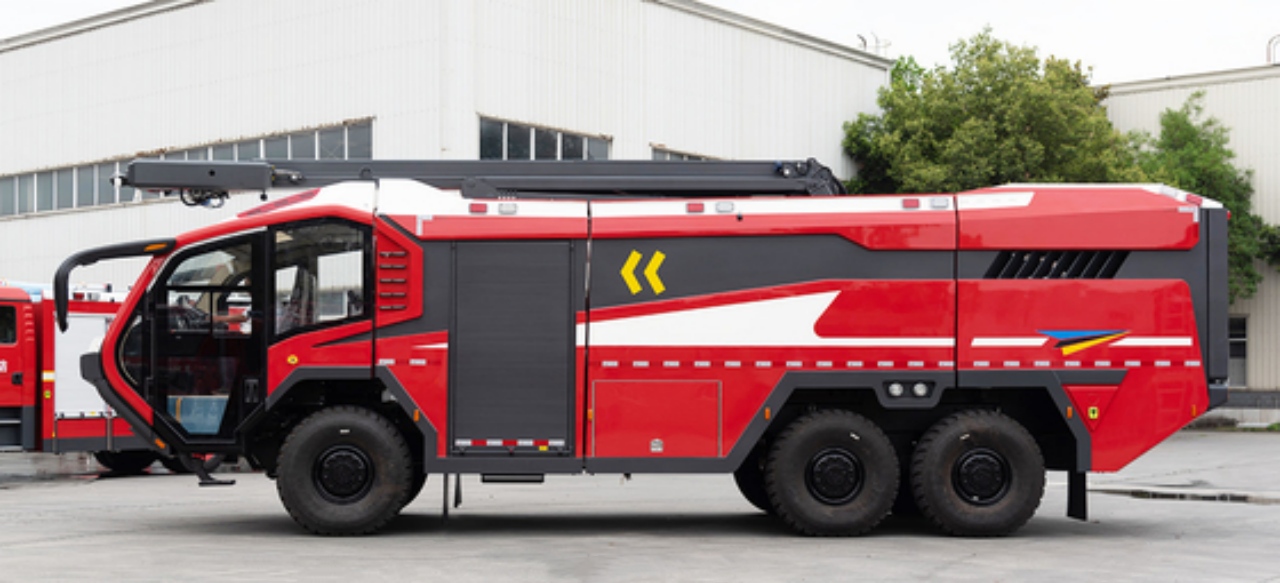
How Foam Systems Are Integrated into ARFF Trucks
The foam systems on ARFF trucks are typically designed for quick and efficient deployment in emergencies. The foam is stored in large tanks, and specialized pumps are used to mix the foam concentrate with water to create the desired foam solution. The foam is then delivered to the scene through either a hose or a fixed turret mounted on the truck.
- Foam Proportioning System: ARFF trucks are equipped with a foam proportioning system that ensures the right concentration of foam is mixed with water. There are 2 main types of proportioning systems: direct injection and eduction. In direct injection systems, the foam concentrate is pumped directly into the water stream at a specified rate. In education systems, the foam concentrate is siphoned into the water stream by the pressure of the water. Both systems are effective, but direct injection systems tend to be more accurate and allow for better control over the foam’s concentration.
- Foam Discharge Nozzles: The foam is discharged through specialized nozzles that are capable of delivering a precise stream or spray of foam. These nozzles are adjustable and allow firefighters to control the foam’s application rate and pattern. Some ARFF trucks also feature remote-controlled turrets that can be operated from the safety of the truck, providing firefighters with more flexibility when fighting fires at a distance.
Conclusion
The amount of foam on an ARFF truck can vary, but typically ranges from 100 to 500 gallons of foam concentrate, with the foam being mixed with water to create an effective firefighting solution. The foam systems on ARFF trucks are designed to handle the unique challenges of aviation-related fires, including those involving jet fuel and other hazardous materials. Foam, in combination with water, provides the best solution for suppressing these fires and preventing re-ignition. The types of foam used, such as AFFF, fluorine-free foam, and alcohol-resistant foam, are chosen based on the specific risks and environmental concerns associated with the location.
Overall, foam is an indispensable tool in ARFF operations, and the systems on these trucks are carefully designed to provide maximum effectiveness in emergencies. The importance of having an adequate foam supply, along with well-maintained equipment, cannot be overstated when it comes to ensuring the safety of both passengers and airport personnel.
